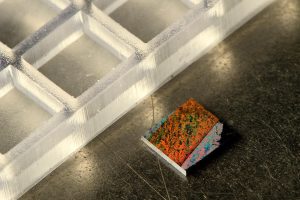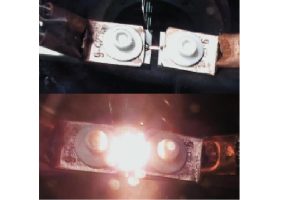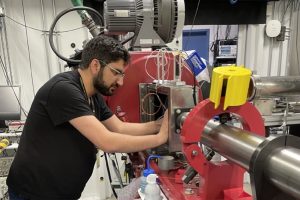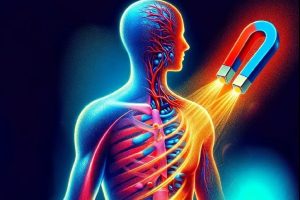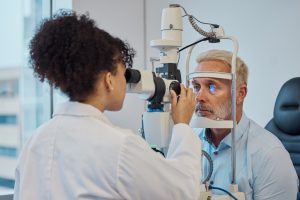Recent News
-

Hopkins team develops fast, accurate diagnostic tool that could speed results to physicians or first responders
-

Multidisciplinary team combines expertise for DARPA initiative
-

Hopkins team's compact device reaches ultrahigh temperatures using less power than a hair dryer
-

Hopkins engineer uncovers the chemical “compass” that guides cells through our bodies
-

Julie Lundquist, a national leader in research into sustainable energy generation from wind and atmospheric dynamics, discusses how the energy grid stands to benefit from renewable energy sources
-

Rui Ni will study electrical activity inside storms
-

Hopkins and Portland State researchers combine computational methods and experimental techniques
-

Engineers uncover new development in understanding rapid compaction of granular materials
CategoriesTeam utilized X-ray technology to observe internal mechanisms that occur when top layer of an asteroid-like object is hit with external force
-

Project focuses on controlling biochemical reactions with magnetic fields
-

Team can locate aggressive cancers using laser light and folded DNA
-

“Cryosphere 2025” will run five days and convene over 200 researchers, practitioners, and policy experts in Washington, D.C.
-

Engineers collaborate with ophthalmologist to look at how tissues within eyes change after surgery
